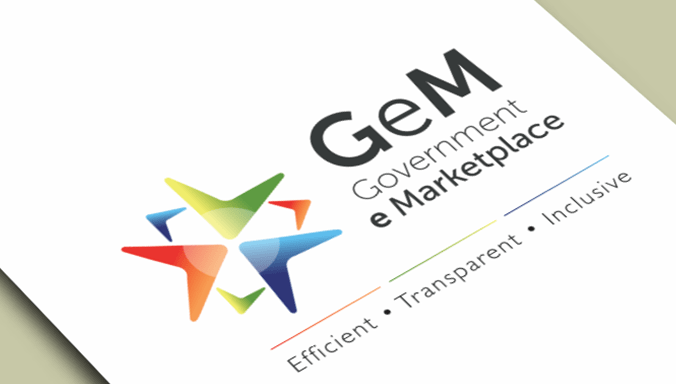Future Of SEO: (SEO Strategy 2025)
- Home
- SEO Future and SEO Strategy 2025
SERVICES
SOLUTIONS
APPLICATIONS
- MLM Software
- CRM Software Solution
- Police ERP
- Radio Police Mail
- Application Tracking System
- Complaint Management Software
- Thana Digitalization Application
- Election Duty Management Software
- Inventory Management Software
- Payroll Management Software
- Photography Studio Management Software
- Restaurant Management Software
- School Management Software
- Transport Management Software
- Asset Distribution Management Software




Explore SEO Strategy 2025
SEO Strategy 2025: SEO is changing rapidly, and if you think that simply writing great content and building the same old backlinks will yield results, you might be in for a surprise over the next year. The landscape is evolving, driven by two significant themes that will shape your SEO strategy moving forward.
Previously, SEO was primarily about Google. Businesses focused on optimizing their websites to rank high in Google search results. However, the emergence of AI tools like ChatGPT and Perplexity has introduced genuine competition, forcing SEO strategy to adapt. It’s crucial for your business, products, and services to be found across various platforms, not just Google. Increasingly, searches are happening through AI tools, including Google’s own AI overviews. This shift necessitates a thorough understanding of how to optimize for these new search environments.
Moreover, businesses must now consider implementing two distinct SEO strategies: one targeting top-of-funnel traffic and the other for bottom-of-funnel traffic. This dual approach allows businesses to capture potential customers at various stages of their buying journey.
Generative Engine Optimization (GEO)
One of the most critical strategies that will dominate the coming years is Generative Engine Optimization (GEO). This term encompasses the techniques required to ensure your business is featured and recommended by generative AI tools like ChatGPT and Google’s AI overviews. For example, when searching for “generative engine optimization services,” users will see both regular web results and AI-generated overviews. The techniques to rank in these AI overviews differ subtly from traditional ranking methods.
For instance, while a website may rank well in search results, it must also be optimized for AI-generated content to appear in overviews. With over a billion users expected to utilize Google’s AI overviews by the end of 2024, learning and implementing GEO now can provide a significant competitive advantage.
How to Implement GEO
Implementing GEO involves several steps. First, ensure that your website is ranking well in traditional search results, as this is foundational for appearing in AI overviews. It’s essential to publish content that matches the answers that AI tools provide. This means structuring your content to give concise answers upfront, followed by detailed information that corroborates the AI’s responses.
For example, if you are optimizing for a search term, structure your content to provide a straightforward answer first, then elaborate on key points. This strategy aligns your content with what AI tools seek when compiling answers.
User Intent and the Role of Experience
Another essential aspect of being recommended by AI tools is demonstrating experience. AI systems favor content that showcases firsthand experience with the topics discussed. For example, if your content includes personal insights or case studies, it is more likely to resonate with AI algorithms, leading to better visibility.
Monitoring AI Search Results
Monitoring searches on AI platforms like Perplexity is vital for understanding how to rank effectively. When users search for specific queries, AI tools perform multi-step underlying searches and compile results from various sources. For brands, this means ensuring they are featured on third-party websites that rank well in AI searches.
By making sure that your brand is mentioned and positively represented across multiple platforms, you increase your chances of being recommended by AI tools, even if they do not directly source the information from your website.
Building Authority and Trust Online
Branding and positioning are becoming increasingly crucial in SEO. As AI tools strive to provide users with the most relevant and trustworthy information, businesses must work harder to establish their authority. This involves crafting clear, consistent messaging about your products and services that differentiates you from competitors.
For example, if you’re a bank, you should ensure that third-party sites are discussing your unique offerings rather than merely listing generic features. This proactive approach will help establish a stronger online presence and increase your chances of being featured in AI results.
Voice Search and Its Implications
Voice search is another area that continues to evolve. While voice assistants have improved significantly, the majority of voice searches still focus on basic informational queries. As such, the impact of voice search on overall traffic may remain limited in the near future. However, businesses should still optimize their content for voice search to capture this growing segment.
As we move forward, it’s essential to recognize that AI-driven searches will change user behavior. The traditional funnel approach to SEO—targeting top, middle, and bottom funnel traffic—must adapt to include strategies for getting your brand recommended in AI-driven answers.
AEO: Answer Engine Optimization
AEO (Answer Engine Optimization) is essential for 2025, with AI-driven platforms prioritizing quick, accurate responses to user queries. By aligning your content to provide clear answers, you can improve your chances of being featured in AI-generated summaries.
Why AEO Matters in 2025:
Conclusion: The Future of SEO
In conclusion, the next year is poised to bring significant shifts in SEO strategy as we embrace the era of generative engine optimization. Businesses that adapt their strategies to consider AI tools and user behavior will position themselves for success in this changing landscape.
If you’re interested in learning more about how to optimize your website for both traditional and AI-driven search, consider requesting a free website and marketing review from Exposure Ninja. Our team can provide tailored insights to help you navigate this complex landscape.
Stay informed and subscribe to our channel for more updates on SEO strategies that will help you thrive in 2025 and beyond.
Recent Posts
Popular Categorys
Archive